
|
The TCON-14B Telephoto Attachment for the Olympus E-10 and E-20 |

| My other articles related to the Olympus E-10 and E-20 cameras |
|
General information TCON-14B is a telephoto attachment lens for the Olympus E-10 or E-20 camera. When fitted to the front of the built-in lens, it will enlarge its focal length by a factor of 1.45, i.e., to 52 mm which is equivalent to 200 mm on a 35-mm film camera. |
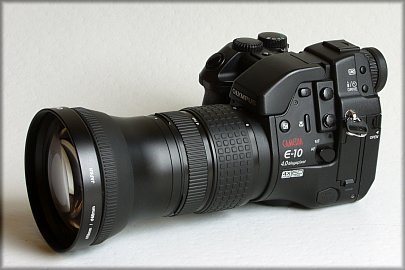
|
|
Size and weight The lens is 67 mm long and 90 mm in diameter (at its widest). Its weight is, according to Olympus, 475 g (a tad over one pound). The front is protected with a push-on cap, while a 62 mm threaded one is used at the rear end. Mounting on the camera Moderately large and heavy, TCON-14B screws on the front of the camera's built-in lens without a need for any other mechanical linkages or support. Using filters or hoods The front end is threaded and accepts 86-mm screw-on filters. Hoya or B+W UV filters of the 86 mm size sell at B&H for $75 or more, about half of what the lens itself costs, so using such a filter as lens protection doesn't save you much money (although a filter may be easier to clean than the lens surface). To complicate matters more, TCON-14B comes with a push-on front cap, which may not fit any filters you might want to keep on the lens permanently. (It did not fit the two filters I've tried.) Still, with so much glass in the optical path I doubt you would need any extra UV protection. Protecting yourself against flare is, however another matter. Long lenses usually result in less contrasty pictures and a deep hood, cutting off a significant amount of stray light, is the most essential accessory. At first I wasn't able to find an 86-mm hood, until one of the visitors to this page pointed out the solution: Contax Metal Hood 5, made by Kyocera (Yashica) and available at B&H for $30. I bought it recently; it fits just fine, is nicely finished, and has a rubberized gripping band. The hood is about 6cm (2.4") long which provides good protection from stray light, and there is no vignetting with it. The only downside is that the hood takes extra room in my bag; the Tenba Traveler P506 which I'm using most will accommodate the camera, all three attachment lenses (with the support arm), and the macro lens, but not the hood. Oh, well. Optical The optical design consists of five elements in three groups; all surfaces are multicoated. With a large front diameter, TCON-14B does not cause any light loss (except, of course, that due to reflections and absorption): the effective aperture of the lens/attachment combination stays at F/2.4. This is quite impressive. The main lens has to be set to the maximum focal length (EFL = 140 mm), or you will experience vignetting. As with other lens attachments, I'm badly missing a zoom lock at the long end of the main lens focal length range, to prevent accidental change of that length. This happened to me more than once, with vignetting being hard to notice in the viewfinder (which, besides, does not offer a 100% coverage), usually discovered only when postprocessing the images on a computer. I consider this to be a grave omission by Olympus. Focusing range The focusing is done entirely by the main lens. You are supposed to switch the macro/focus setting to the non-blinking lens attachment symbol; in this setting the focus range is no longer divided into "regular" and "macro" subranges, and the passive (infrared) pre-focus is switched off. This means that the camera can focus (whether auto or manually) all the way down to 20 cm, or rather what the autofocus circuitry is fooled to believe to be 20 cm. Actually, the minimum focusing distance becomes 32 cm, with the corresponding frame size 108x81 mm, a bit larger than that of a "bare" lens at the long end. (According to Olympus, if you forget to switch the focus mode as above, nothing really wrong will happen, except that the lower end of the focusing range will be 113 cm, while the camera thinks it is 60 cm.) How do I know this? Looks like Olympus Japan is treating its customers much better (i.e., less like idiots) than Olympus US treats us here; the Japanese site contains (or at least used to; the link seems to be dead now) lens attachment Q&A page which I was able to translate into English using the AltaVista BabelFish engine. You may find some funny pieces in the translation ("please teach the photographing range") and have to figure out some of the terminology ("synthetic contraction", for example, really means "aperture"), but otherwise the translation is quite readable! Image samples Here are examples showing the effect of using the TCON-14B attachment on the Olympus E-10. All pictures were saved as full-resolution, medium compression (1:4) JPEGs. The full images at the left were reduced and slightly re-sharpened. The cropped samples at the right (320x240 pixels) were resaved at a very low JPEG compression with no postprocessing at all, and in full pixel size (1:1). When scrutinizing these samples, remember that in an 8x10-inch (20x25 cm) print each of them will be just 1.14" (29 mm) tall, considerably smaller (and sharper) than what you see on the screen. | |
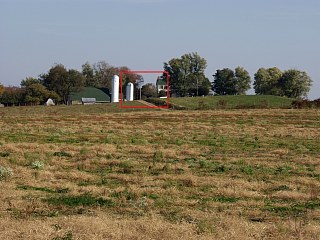
|
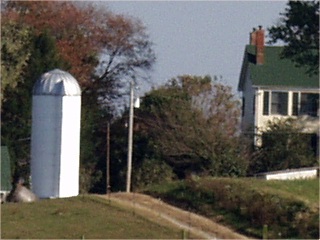
| |
| Without TCON-14B, at F=140 mm, handheld. Aperture priority (-0.7 EV); 1/500s at F/2.8 | 1:1 sample from the image at the left | |
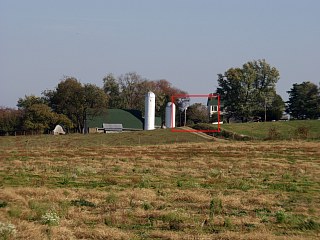
|
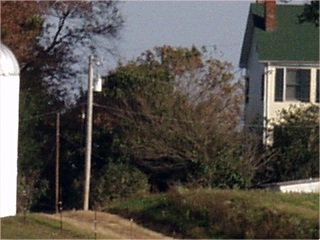
| |
| With TCON-14B, EFL =200 mm, handheld. Aperture priority (-0.7 EV), 1/500 s, F/2.8 | 1:1 sample from the image at the left | |
|
Well, well, well: the contour sharpness in both samples appears to be the same. I am sure that a scientific measurement would find some difference, but for me this is outstanding. In the next example I'm showing how using the TCON-14B attachment differs from just walking in closer with the standard lens at 140 mm. The left column shows images shot without the attachment, the right column — with. The shooting distance in the first case is smaller, so that the subject is shown in the same scale. (All these pictures were saved using the SHQ settings, as 1:2.7 JPEGs, with contrast and sharpness set to "normal".) The second row shows 1:1 samples. | ||
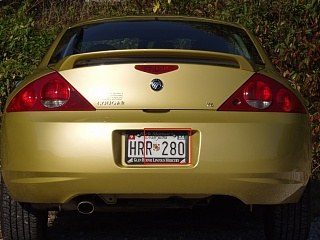
|
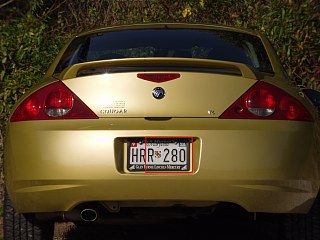
| |
| EFL = 140 mm, -0.7 EV, 1/250s at F/8.0, tripod; shot from about 8 meters | EFL = 200 mm, -0.7 EV, 1/250s at F/8.0, tripod; shot from about 12 meters | |
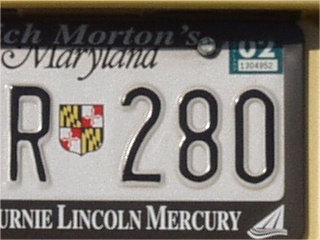
|
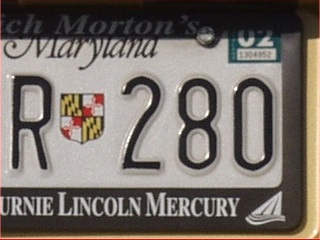
| |
| A straight sample from the above | A straight sample from the above | |
|
You can read the tiny digits in the green sticker at 140 mm, but you can also read them at 200 mm, maybe except for the third rightmost digit. (Actually, the sample at the right is a little darker, which must be an exposure fluctuation, with just a hint of lost contrast.) To see what we gain by using the TCON-14B, here is another sample, shot without the attachment from the same distance as the one with it. The sample at the right was resized by a factor of 1.45 with use of Corel Photo-Paint; that's why it doesn't cover the whole red frame. Compare it to the one directly above it; the difference is what you get for your $160 or so. | ||
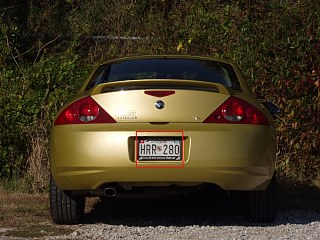
|
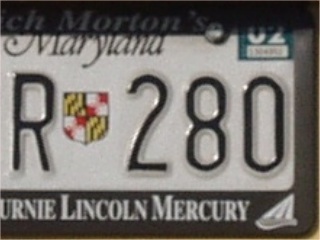
| |
| EFL = 140 mm, shot from 12 meters, exposure like above | Sample from the image at left, resized 1.45x; compare it with the one directly above it | |
|
At a wider aperture of F/2.8 the samples are equally good, maybe a tad better (less diffraction at aperture blades? lens optimized for wider apertures?). Trust me here: I shot some comparison at F/2.8 another day (with less sun, so that the shutter speed of 1/640s was enough), and was equally, if not more, happy with the results. The bottom line This is a good lens. The resulting images are excellent, with barely noticeable loss of sharpness and even less, if any, of contrast (this I could see in some of my other pictures). The TCON-14B, surprisingly, became my favorite E-10 lens attachment. If only Olympus could come up with a 2x lens of this quality (and not much bigger size), to avoid the hassle of assembling the TCON-300 rig... Even if you don't need the extra reach, you may consider using this lens for portrait photography, to blur the background out of focus (here is where the extra depth of field in digital cameras isn't exactly our friend). In addition, the TCON-14B seems to be an inexpensive solution when compared to 35-mm lenses of these parameters. For comparison, a 200/2.8 Canon lens is priced at about $700, while professional lenses of these specs may cost twice as much. | ||

| My other articles related to the Olympus E-10 and E-20 cameras |
| Home: wrotniak.net | Search this site | Change font size |
| Posted 2001/10/23; last updated 2003/04/12 | Copyright © 2001-2003 by J. Andrzej Wrotniak |